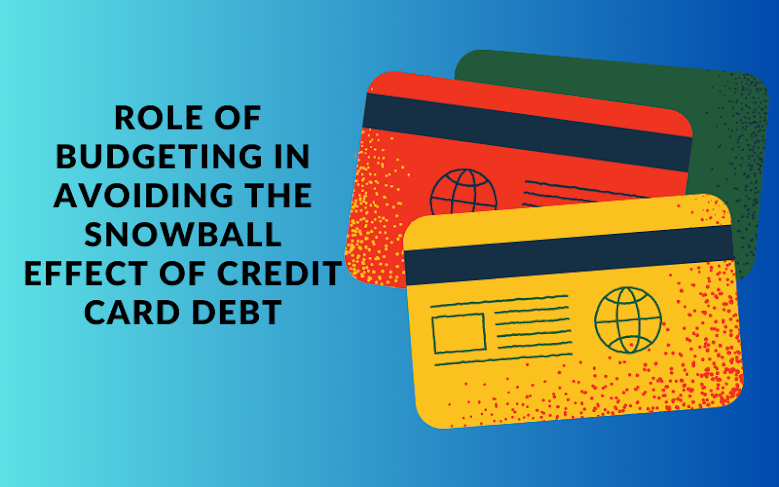What is a Snowball Payment Method and How Does it Work?
A snowball payment method is a debt repayment strategy that focuses on paying off smaller debts first while making minimum payments on larger debts. It derives its name from the concept of a snowball gaining momentum as it rolls down a hill. This method aims to provide psychological motivation by achieving quick victories and gradually building momentum toward tackling larger debts. The process begins by listing all outstanding debts from smallest to largest balances, disregarding interest rates. Once the smallest debt is identified, extra funds are allocated towards paying it off as quickly as possible, while making minimum payments on other debts. Once the smallest debt is fully paid off, the same strategy is applied to the next smallest debt. As each debt is eliminated, the available funds for repayment increase, creating a snowball effect and accelerating the process of debt elimination. The snowball payment method is designed to provide a sense of accomplishment and motivation, making it a popular approach for individuals aiming to become debt-free.
How the snowball payment method works:
List all debts:
Begin by listing all your outstanding debts, including credit card balances, personal loans, student loans, and any other debts you owe. Make sure to include the balance owed and the minimum monthly payment for each debt.
Sort debts by balance:
Arrange the debts in ascending order based on their outstanding balances, regardless of interest rates. The focus here is on tackling the smallest debts first, rather than considering the interest rates.
Allocate extra funds:
Identify the smallest debt on your list and determine how much extra money you can allocate towards debt repayment each month. This can come from your budget by cutting back on discretionary expenses or finding additional sources of income.
Pay off the smallest debt:
Make the minimum payments on all your debts except the smallest one. Allocate the extra funds you identified in step 3 towards paying off this smallest debt as quickly as possible. This can involve making larger payments or paying more frequently than the minimum requirement.
Celebrate the victory:
Once the smallest debt is fully paid off, celebrate the achievement and use the extra money that was previously allocated towards the smallest debt to make larger payments on the next smallest debt.
Repeat the process:
Continue this snowball effect by applying the same strategy to the next smallest debt on your list. Make minimum payments on all other debts while directing the additional funds towards paying off the next target debt.
Build momentum:
As you eliminate each debt, the amount of money available for debt repayment increases. This creates a snowball effect, where the momentum and motivation grow with each debt successfully paid off.
Tackle larger debts:
Eventually, you will reach the larger debts on your list. By the time you get to these larger debts, the momentum and extra funds available for repayment will be significantly higher, enabling you to make more substantial payments and pay them off more quickly.
Repeat until debt-free:
Continue the process until you have paid off all your debts. As you progress, the snowball effect will become more powerful, and your journey toward becoming debt-free will gain significant traction.
Bottom line:
In summary, a snowball payment method is a debt repayment strategy that prioritizes paying off smaller debts first while making minimum payments on larger debts. By focusing on quick wins and gradually building momentum, it aims to provide psychological motivation and accelerate the process of debt elimination. This approach involves listing debts from smallest to largest and allocating extra funds towards paying off the smallest debt, then repeating the process with each subsequent debt as they are eliminated. The snowball payment method offers a sense of accomplishment and can be an effective tool for individuals seeking to become debt-free.



Comments
Post a Comment